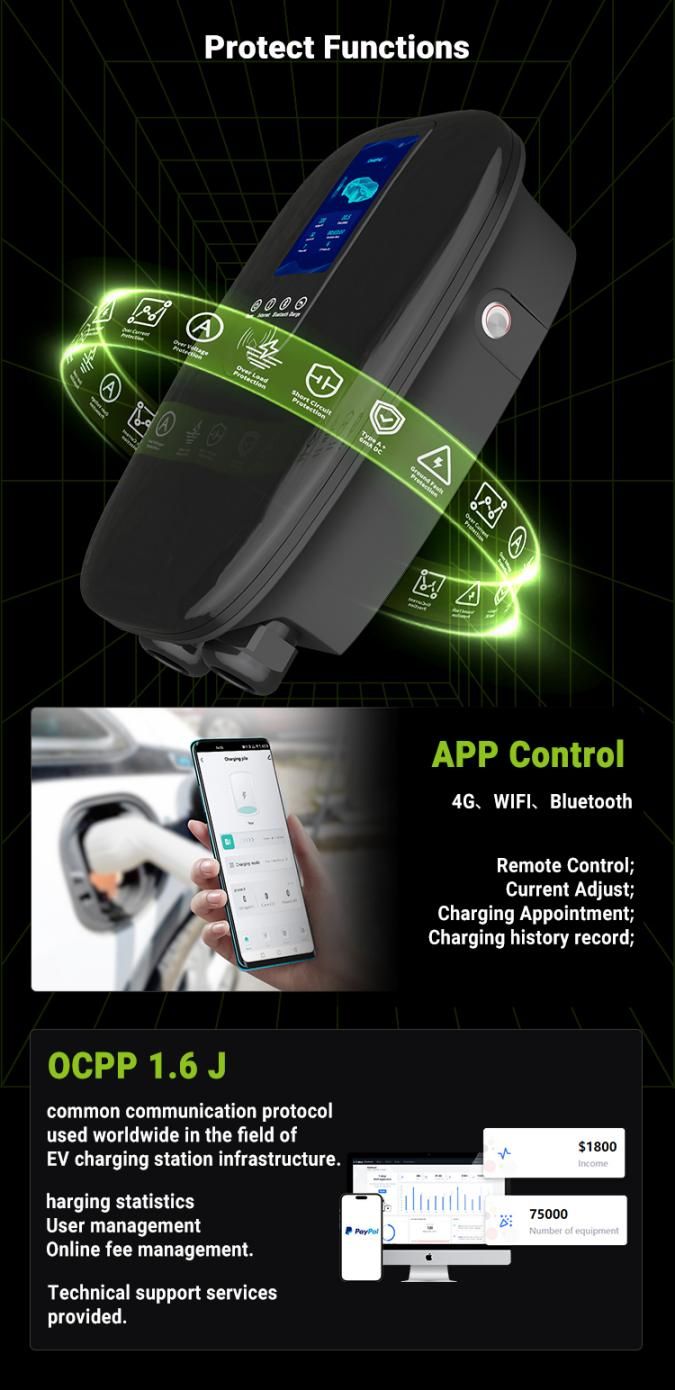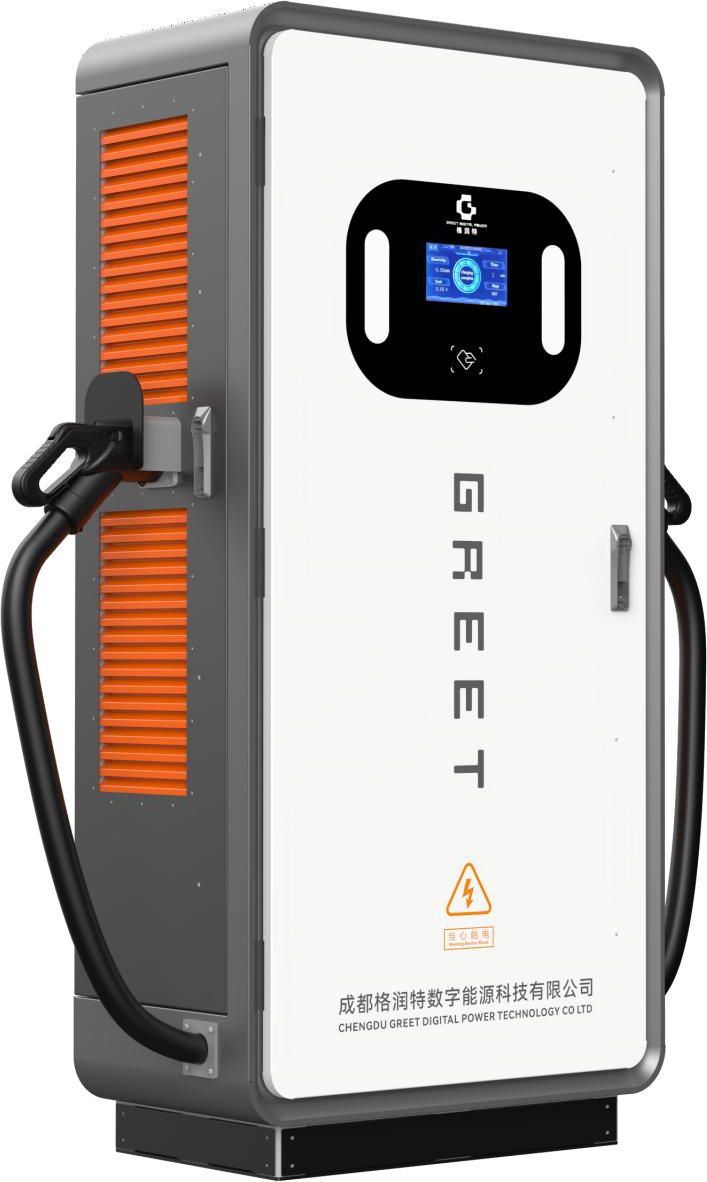Introduction:
As electric vehicles (EVs) continue to gain popularity, the importance of efficient charging infrastructure becomes paramount. In this regard, AC (alternating current) and DC (direct current) EV chargers play crucial roles. Understanding the key differences between these two charging technologies is essential for both EV owners and industry stakeholders.
AC EV Charger:
AC chargers are commonly found in homes, workplaces, and public charging stations. They convert AC electricity from the grid into DC power for charging EVs. Here are the main characteristics of AC EV chargers:
1. Voltage and Power Levels: AC chargers are usually available in different power levels, such as 3.7kW, 7kW, or 22kW. They typically operate at voltages between 110V and 240V.
2. Charging Speed: AC chargers deliver power to the vehicle’s onboard charger, which then converts it to the appropriate voltage for the vehicle’s battery. The charging speed is determined by the vehicle’s internal charger.
3. Compatibility: AC chargers are generally compatible with all electric vehicles as they use a standardized connector called the Type 2 connector.
DC EV Charger:
DC chargers, also known as fast chargers, are commonly found at public charging stations along highways, shopping centers, and service stations. These chargers directly supply DC electricity to the vehicle’s battery without the need for a separate onboard charger. Here are the main characteristics of DC EV chargers:
1. Voltage and Power Levels: DC chargers operate at higher voltages (e.g., 200V to 800V) and power levels (typically 50kW, 150kW, or even higher) compared to AC chargers, enabling faster charging times.
2. Charging Speed: DC chargers provide a direct current flow, bypassing the vehicle’s onboard charger. This allows for rapid charging, typically getting an EV up to 80% charge in about 30 minutes, depending on the vehicle’s battery capacity.
3. Compatibility: Unlike AC chargers that use a standardized interface, DC chargers vary in connector types based on the charging standards used by different EV manufacturers. Common DC connector types include CHAdeMO, CCS (Combined Charging System), and Tesla Supercharger.
Conclusion:
Both AC and DC EV chargers are essential components of the growing electric vehicle infrastructure. AC chargers offer convenience for residential and workplace charging, while DC chargers provide rapid charging capabilities for longer journeys. Understanding the differences between these chargers allows EV owners and industry stakeholders to make informed decisions regarding charging needs and infrastructure development.
Sichuan Green Science & Technology Co., Ltd.
0086 19158819831
Post time: Dec-12-2023






